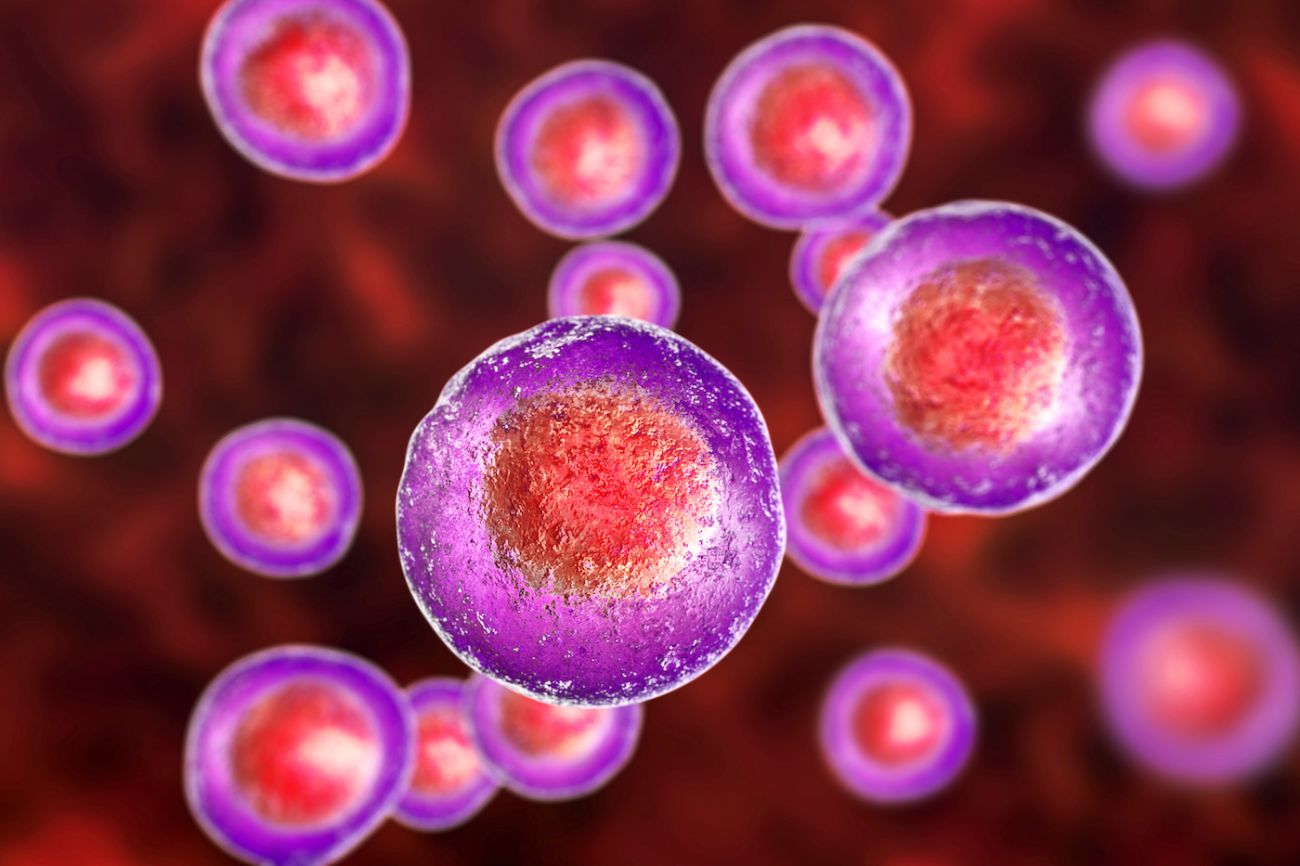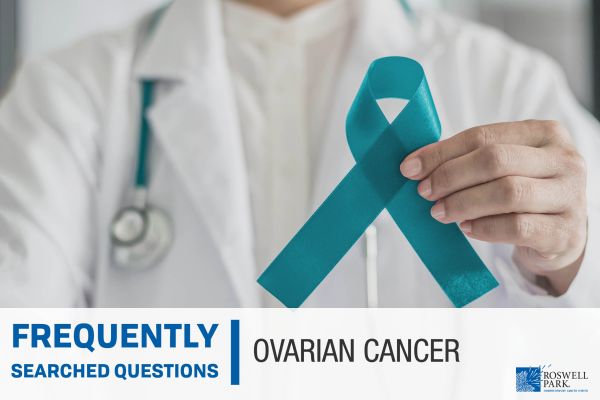Germ cell tumors begin in your reproductive cells and get their name from the word “germinate.” They are rare and can be benign or cancerous.
What is a germ cell?
Germ cells are the reproductive cells that develop in humans during earliest gestation. Each cell has a total of 46 chromosomes, 23 maternal and 23 paternal. Because they also have genetic information that passes from one generation to the next, germ cells are sometimes referred to as “immortal” cells.
Between gestation and birth, germ cells become your reproductive organs, or gonads, which are endocrine glands and secrete hormones. Male gonads are called testes and produce sperm; female gonads are called ovaries and produce ova, or eggs.
“When germ cells become reproductive organs, their combined chromosomes divide evenly in the ovaries through oogenesis, and in the testes through spermatogenesis. If a group of germ cells form abnormally, it can result in a germ cell tumor,’’ explains Ellis Levine, MD, Chief of Breast Medicine at Roswell Park Comprehensive Cancer Center.
Testicular germ cell cancer
Germ cell tumors account for about 95% of testicular cancers in cisgender men aged 20 to 40 years old, and about 25% of malignancies in this age group. They usually form in only one testicle and are diagnosed in one of two categories:
Seminomas account for half of all germ cell tumors and typically grow slowly; if diagnosed early they can often be cured because they are less likely to metastasize to other parts of the body
Nonseminomas are more aggressive and more likely to spread beyond the testicle.
There are no habits, family history or lifestyles linked formally to germ cell testicular cancer, but there are two important risk factors:
- a testicle that does not descend from the abdomen into the scrotum before birth
- a previous diagnosis of testicular cancer; if you are diagnosed with a germ cell tumor in one testicle you are more likely to get cancer in the other.
Signs and symptoms of testicular germ cell cancer include:
- pain in your lower abdomen or groin
- painless lump in your testicle
- constipation or trouble holding your urine if the tumor is in the pelvis
- weakness in your legs if the tumor is pressing on nerves at the base of the spine
- a testicle that is an unusual shape or size
- back pain
Never miss another Cancer Talk blog!
Sign up to receive our weekly Cancer Talk e-newsletter.
Sign up!Ovarian germ cell cancer
Germ cell tumors in cisgender women are primarily benign; only about 2% of ovarian cancers are caused by germ cell tumors. Most ovarian tumors of this kind occur in teenagers and young women but can also develop in women in their 60s.
The most common benign form of ovarian germ cell tumor is a mature teratoma. Often called a dermoid cyst, teratomas sometimes contain a mixture of hair, muscle and bone tissues, sometimes even teeth. Immature ovarian teratomas are malignant and can spread from the ovaries to other parts of the body. Other cancerous germ cell ovarian tumors include:
Dysgerminomas, the most common type of malignant ovarian germ cell tumor.
Endodermal sinus, or “yolk sac” tumors, which usually affect children and young women under 30, and grow very quickly.
“Often the symptoms of these types of tumors can be similar and generally fairly subtle. If you experience pelvic or abdominal pain, changes in your bowel or bladder habits, or changes in vaginal bleeding or menstrual cycle, you should contact your doctor to discuss your symptoms and perform additional testing if needed,” recommends Katherine Lavigne Mager, MD, Assistant Professor of Oncology, Surgery and Gynecology at Roswell Park.
“The majority of germ cell tumors of the ovary are found at an early stage and have a good prognosis. However, prognosis in general will depend on what type of germ cell tumor is diagnosed and whether or not it has spread,” she says.
Signs and symptoms of ovarian germ cell cancer include:
- pain in the lower part of your abdomen that doesn’t go away
- bloating or swollen abdomen
- irregular menstruation, or menopausal bleeding
- nausea or difficulty eating
- constipation
Germ cell tumors in other parts of the body
When germ cells are left behind in other parts of the body, and don’t become gonads when you develop in the womb, they become cancerous. This is rare, but when this happens, they can metastasize, or spread, to the lungs, liver, lymph nodes, and central nervous system. Germ cell tumors that form outside of the testes or ovaries are called extragonadal tumors (EGGCTs),and can form in your
- chest (mediastinal germ cell tumors are the most common location for EGGCTs in adults)
- abdomen
- brain
- lower spine
Diagnosis and treatment for germ cell cancer
Your doctor or healthcare team may use several diagnostic tests to find out if you have germ cell cancer. These tests can include a biopsy, blood tests, X-rays, an ultrasound, CAT scan or MRI. A pelvic exam and laparoscopy may also help with a diagnosis.
Treatment depends on where the cancerous tumor started, in the ovaries or testicles, where it has metastasized or been found, and how advanced the cancer is. The main treatment is surgery to remove the tumor, but chemotherapy may also be necessary.



